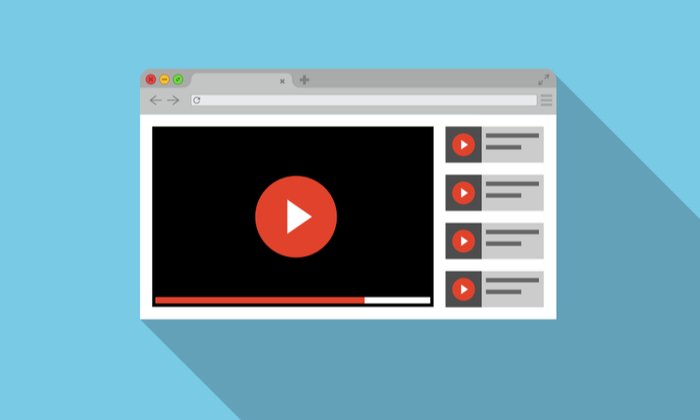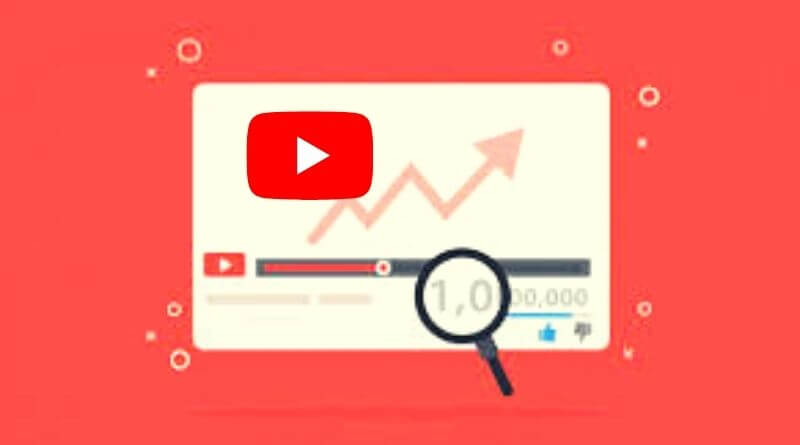This is how YouTube algorithm works

Since its launch in 2005, YouTube’s growth has been really impressive. In 2006, YouTube was purchased by Google, skyrocketing the platform into its role as one of the biggest websites on the internet. As of the second quarter of 2021, the YouTube mobile app was counting 774.6 million monthly active users (MAU) worldwide on iPhone and iPad combined. By comparison, monthly active YouTube users on the Android app were roughly 17.6 million worldwide. It’s now the second-largest search engine in the world—and a valuable tool for brands and creators alike.
It’s well known that many social media platforms use algorithms to determine what content people see. YouTube uses its algorithms to serve up a never-ending list of relevant content, and always seems to know exactly what users want to watch next.YouTube uses its algorithms to serve up a never-ending list of relevant content, and always seems to know exactly what users want to watch next.
According to YouTube, 70 percent of the videos that viewers watch are recommended to them by the algorithm. Since marketers are at the mercy of algorithms on nearly every publishing channel, knowing how each of these unique algorithms work is crucial to attracting and maintaining an audience.
What is the algorithm?
The point of the algorithm is that it aims to reflect what viewers like.
YouTube’s algorithm serves the most relevant, personalized videos to their users on five different parts of their platform: Search, Home, Suggested Videos, Trending, Subscriptions, and Notifications.
The algorithm has two primary goals: to suggest videos that suit viewers and to keep viewers watching more videos.

A brief history of the YouTube algorithm
2005 to 2012: Optimizing views
The YouTube algorithm recommended the videos that attracted the most views or clicks since day one. In this way, The YouTube algorithm only placed the most popular videos in front of the audience eyeballs. It became very sloppy with repetitive content.
2012: Optimizing for watch time
Since view count was not clear enough, YouTube jiggled up its algorithms a bit. Now, YouTube SEO depended on the watch time (view duration) of videos and the total time spent on the overall platform (session time). in this way, creators should create high-quality content to attract the audience. Many new creators were able to reach out to larger masses.
2016:AI deep learning
Thanks to Google’s acquisition of Youtube in 2006, YouTube was able to become the second largest search engine. Youtube now takes this same approach through machine learning by relying on a multitude of factors to rank content.
2017-2020: Optimizing for Video Quality
As Instagram continues to be a platform that billions of people use on a daily basis the necessity for quality content is paramount.
The YouTube algorithm began to measure satisfaction with metrics like Shares, Likes and Dislikes (and, of course, the especially brutal “not interested” button.)
How does the YouTube algorithm work in 2021?
Ranking on the YouTube home page is based on:
- Performance: Using click-through rate and average view duration, YouTube measures how well a video engaged other viewers when they saw it on their home page.
- Personalization: YouTube personalizes a user’s video recommendations based on their watch history and how often they engage with a specific channel or topic.
There are some metrics that YouTube algorithm will take.
Search
YouTube takes into account how well your title, description and content match each user's query. They also consider how many videos users have watched from your channel and how long ago they last watched another video on the same topic as yours.
Home
When users visit the homepage, they first see the videos they've subscribed to, and then recommended videos based on their previous viewing history and the video's performance. While you may want to try and grab a coveted spot on the page, YouTube encourages creators to simply create quality content that people want to watch and click on.
Description
In YouTube Analytics, take the Traffic Sources section to find out which words viewers use in the search bar to find your channel and videos. It is best to consider popular keywords for your title, or at least your description, as they have been tried and tested and have been proven to drive traffic to your channel. However, please do this in moderation. You don't want to use random words that have nothing to do with the topic.
Beyond that, please consider the length of your description. Ideally, you should have 1-2 paragraphs of relevant content. If you can't come up with that many, we recommend relevance in length. If you just include social media or a few sentences in your description, then you're really missing out on content that will help the algorithm a lot - don't skip this step!
By the way - your first sentence is the most important. It's what the viewer sees before they click on your video in search. Experiment with the social media campaigns with JarveePro. Try JarveePro free today.


